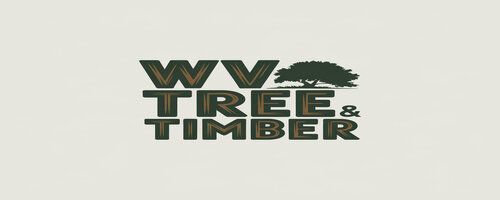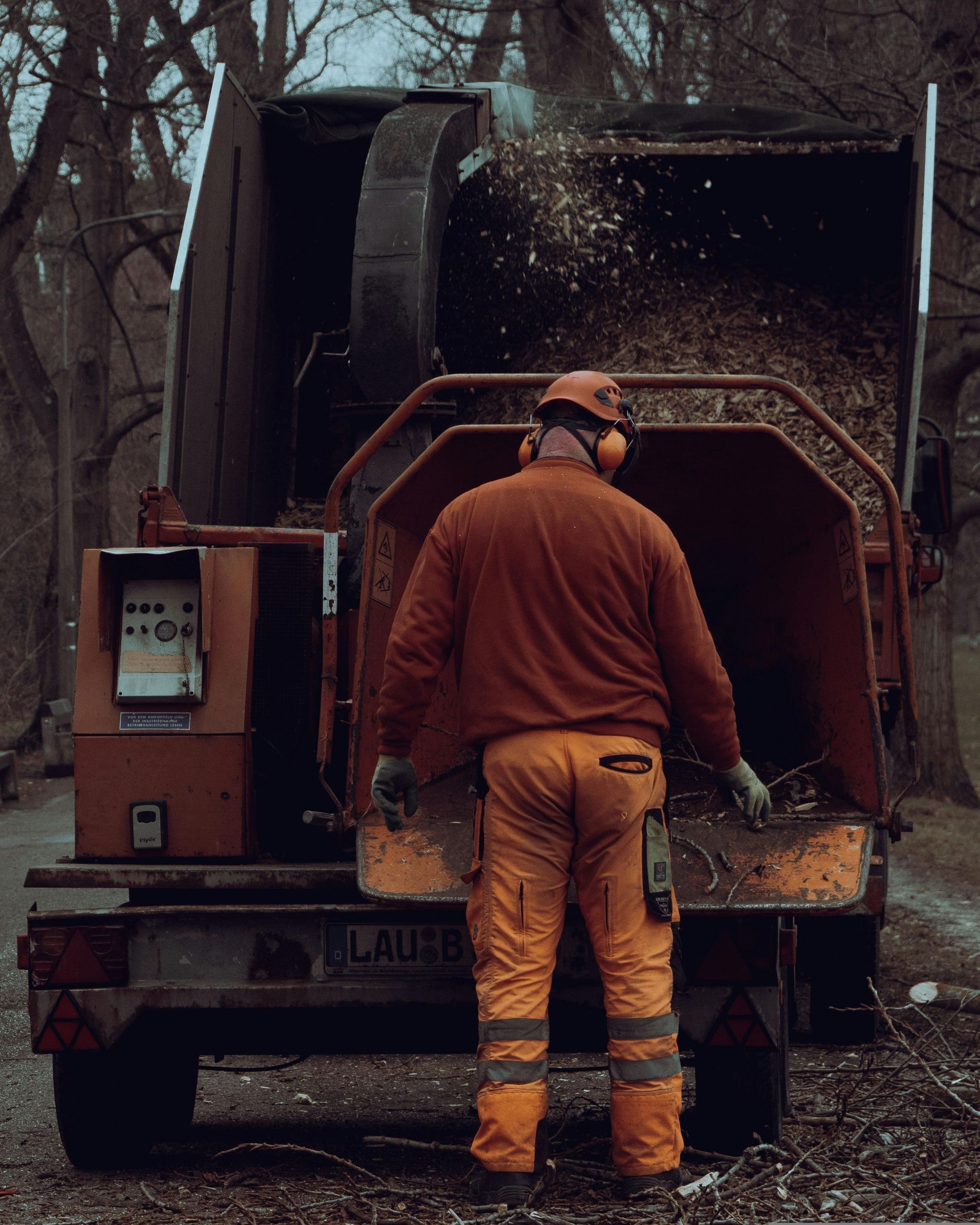Why Dead Tree Branch Removal is a Non-Negotiable Task for Homeowners
A Homeowner's Essential Guide to Dead Tree Branch Removal
That one dead branch. You’ve seen it every time you pull into the driveway. It’s leafless, gray, and hangs there like a forgotten thought. It’s easy to ignore, right? Just another thing on the long list of home maintenance tasks. But that single branch, and others like it, can be a quiet threat looming over your property, your family, and your peace of mind.
Ignoring a dead branch is like ignoring a leaky roof—it seems small at first, but the potential for damage is enormous. Dead tree branch removal isn't just about keeping your yard looking tidy; it's a critical step in responsible homeownership that protects your property, promotes healthy trees, and ensures the safety of everyone who enjoys your outdoor space.
Whether you're in Wheeling, WV, or any of the surrounding communities like St. Clairsville or Moundsville, understanding the why, when, and how of removing dead branches is key. Let’s walk through everything you need to know.
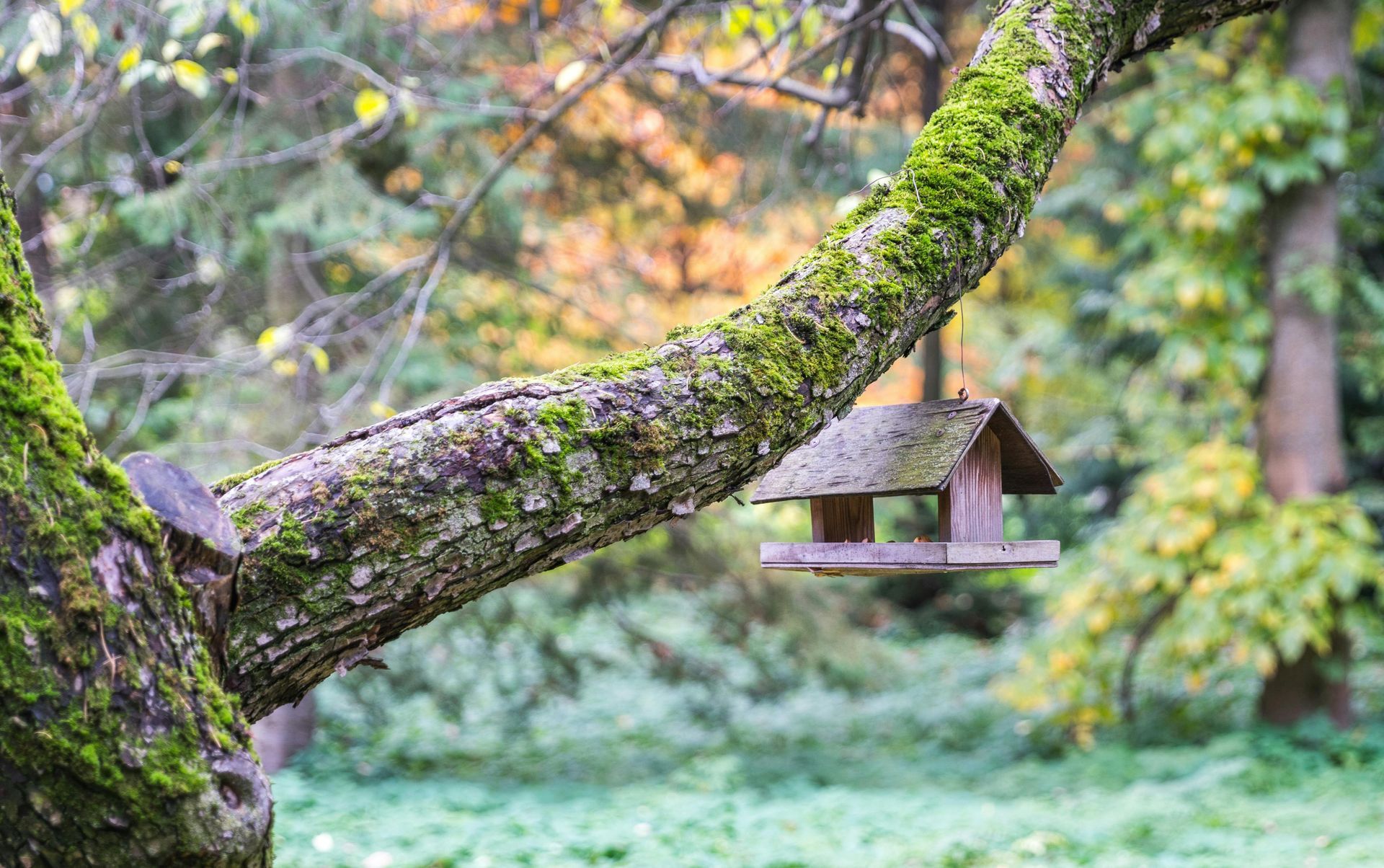
The Hidden Dangers: Why You Can't Ignore Dead Branches
Dead branches are more than just an eyesore. They are weak, unstable, and unpredictable. Arborists often refer to large, dead overhanging branches as "widowmakers" for a chillingly accurate reason—they can break and fall without any warning.
Here’s what you’re risking by leaving them be:
- Property Damage: A heavy branch falling during a storm (or even on a calm day) can crush a roof, smash a car windshield, flatten a fence, or damage your deck. The repair costs can be staggering.
- Personal Injury: The most serious risk is the potential for injury to you, your family, or visitors. A falling limb can cause severe harm.
- Pest and Disease Invasion: Dead wood is an open invitation for pests like termites and carpenter ants. It also creates an ideal environment for fungi and diseases that can spread to the healthy parts of your tree, potentially compromising the entire structure.
- Tree Health Decline: By not removing dead limbs, you prevent the tree from properly sealing the wound. This uses up the tree's energy and leaves it vulnerable, hindering its overall health and growth.
"The best time to plant a tree was 20 years ago. The second best time is now." - Chinese Proverb. The same wisdom applies to tree care: the best time to address a problem like a dead branch was yesterday. The second best time is right now.
How to Spot a Dead Branch: A Quick Inspection Guide
You don't need to be a certified arborist to spot the most obvious signs of a dead or dying branch. Take a walk around your property and look for these tell-tale symptoms:
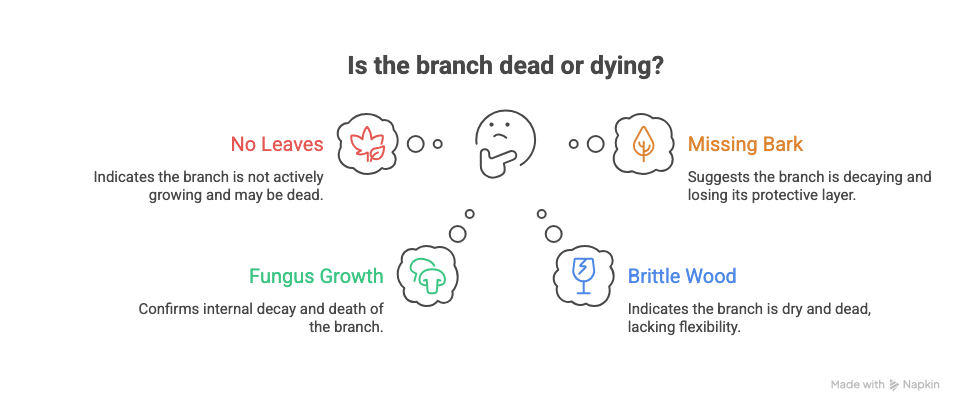
If you see any of these signs, especially on large branches high up in the tree's canopy, it's time to take action. This isn't just regular tree trimming; it's a necessary safety procedure.
The Great Debate: DIY vs. Professional Dead Tree Branch Removal
For many homeowners, the first instinct is to grab a ladder and a handsaw. While the DIY spirit is admirable, dead tree branch removal can be one of the most dangerous home maintenance tasks you can attempt.
Statistic
According to the Tree Care Industry Association (TCIA), tree care is one of the most hazardous professions. Homeowners attempting their own tree work without proper training or equipment are at an even higher risk of falls, electrocution from unseen power lines, and injury from malfunctioning equipment.
Deciding whether to tackle the job yourself or call in professionals often comes down to three factors: the branch's
Size,
Height, and your
Skill Level.
Table: DIY vs. Professional Branch Removal
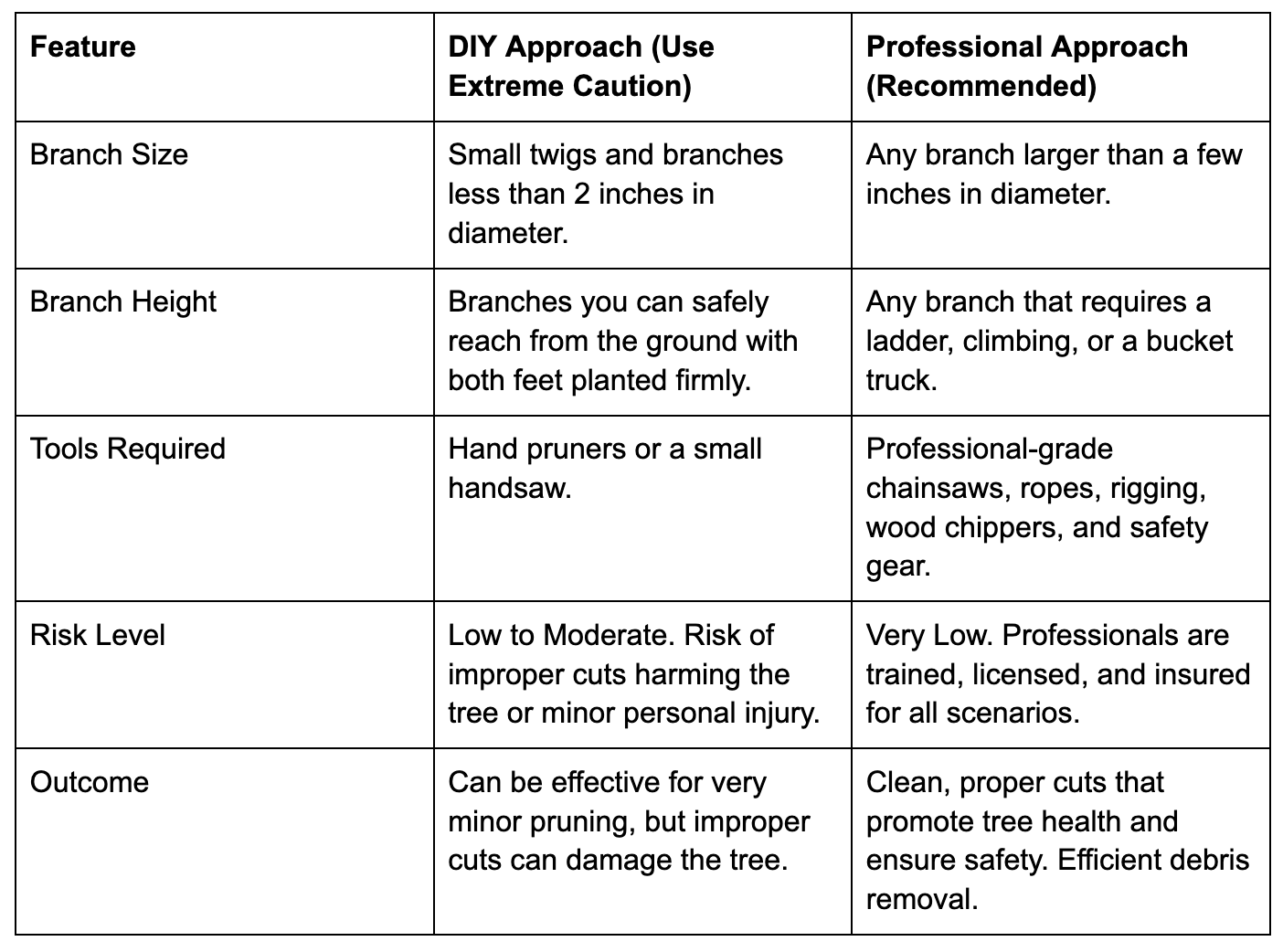
What to Expect from a Professional Service
When you hire a team like WV Tree & Timber for dead tree branch removal, you're investing in a seamless, safe process. Here’s what it typically involves:
- Assessment: A certified arborist will visit your property to assess the tree's health, identify all dead or hazardous limbs, and determine the safest method for removal.
- Strategic Planning: We don’t just start cutting. We plan each cut to avoid damage to your home, landscaping, and the tree itself. This often involves specialized rigging and roping techniques to lower large branches to the ground carefully.
- Safe Execution: Our crew arrives with the right safety gear and equipment. Using industry-best practices, we carefully remove the targeted branches. This is far more than simple trimming; it’s a surgical procedure for your tree.
- Thorough Cleanup: Once the branches are down, our job isn’t done. We chip the wood, rake the area, and haul away all debris, leaving your property looking cleaner than when we arrived. For larger projects, this may even transition into a fulltree removal andstump grinding service if the tree is beyond saving.
Frequently Asked Questions (FAQ)
1. How can I tell if a branch is dead or just dormant in the winter?
A dormant branch will still have pliable twigs and small, living buds ready for spring. A dead branch will be dry and brittle, and the buds will be shriveled or absent. If you scratch a tiny piece of bark, a living branch will be green underneath, while a dead one will be brown.
2. What is the best time of year for dead tree branch removal?
You can and should remove dead branches as soon as you spot them, regardless of the season. Since they pose a hazard, there's no reason to wait. For general pruning of healthy branches, late fall or winter is often ideal.
3. How much does professional dead tree branch removal cost?
The cost varies based on the tree's size, the number and location of the branches, and the accessibility of the tree. A small, easy-to-reach job might be relatively inexpensive, while a complex removal high in a massive oak will cost more. The best way to know is to get a free estimate.
4. Will removing a dead branch harm my tree?
No, quite the opposite! Removing a dead branch correctly is one of the best things you can do for your tree. It eliminates a potential entry point for pests and disease and allows the tree to use its energy for healthy growth.
Don't Wait for the Crash: Take Action Today
That dead branch is a problem waiting to happen. Every windy day, every thunderstorm, and every winter freeze increases the chance of it falling. Proactive dead tree branch removal is a smart investment in your property's safety and your tree's long-term health.
If you have a tree with dead or questionable branches on your residential or commercial property, don't risk your safety or your property's value. The expert team at WV Tree & Timber is here to help.
Ready to make your property safer and your trees healthier?
Contact WV Tree & Timber today for a free, no-obligation estimate! Our certified and insured arborists proudly serve the entire Wheeling, WV area and are ready to handle all your tree care needs, from routine trimming to emergency services.
